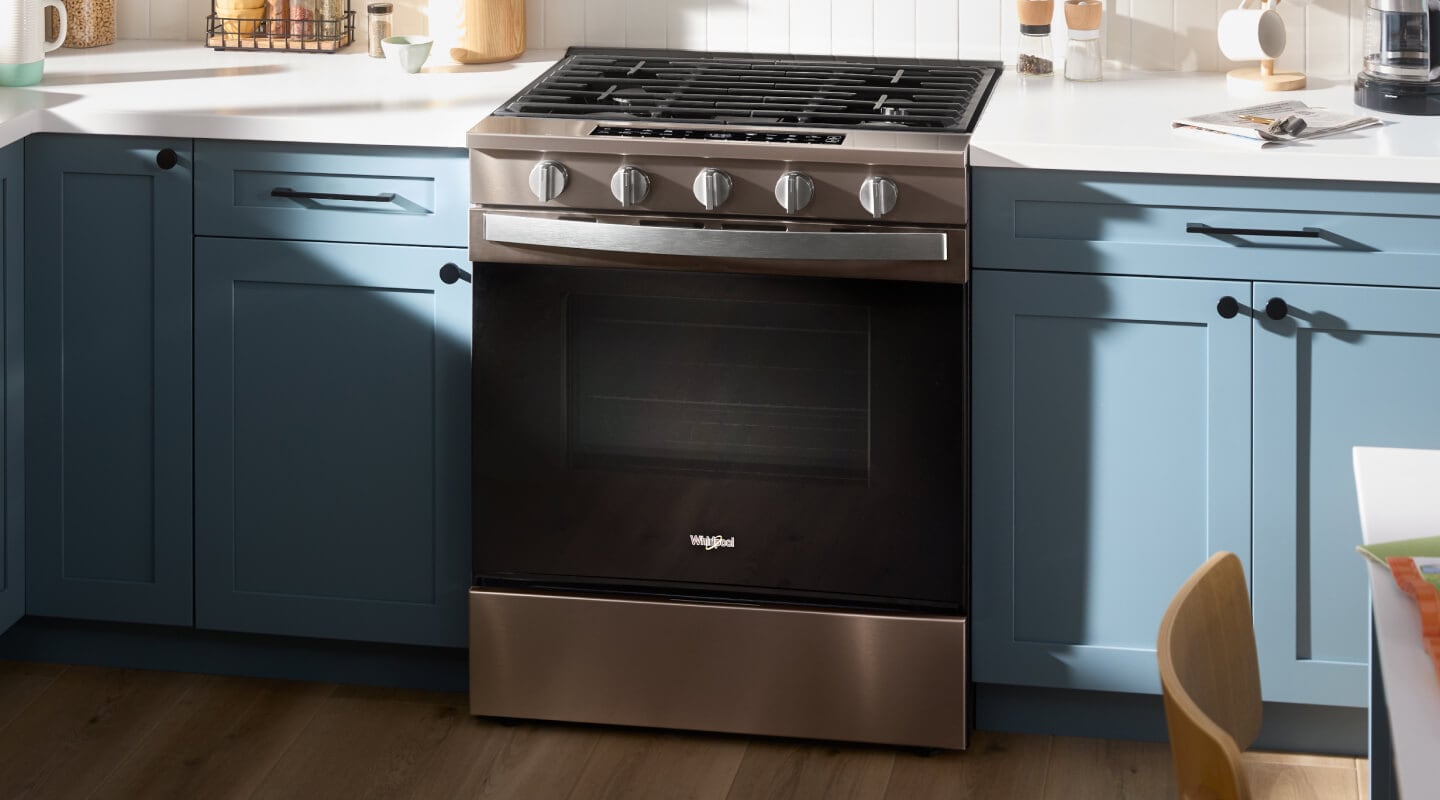
How to calibrate an oven
Everyone enjoys perfectly baked cookies, cakes and pies but getting to that outcome can sometimes be a challenge. Following the recipe definitely helps, but a properly calibrated oven can be the key for consistent results. Oven calibration is a process where you adjust your oven’s temperature settings to ensure accuracy. This simple process is a great way to make sure you get the most out of your oven when baking or roasting family favorites.
Sometimes different types of ovens are designed to run slightly cooler or hotter than their specified temperatures to improve performance. If your oven produces the results you are looking for, then no additional adjustment is necessary. However, if your previous oven ran too hot or too cool, or if you are not satisfied with the baking quality and times your current oven is delivering, you may want to calibrate your oven to help achieve your desired cooking experience. Remember that the elevation you are at may affect your oven’s temperature or baking times.
How to calibrate an electric oven
Calibrating your electric oven temperature is a relatively simple process whether you have analog or digital temperature control. All you need is an accurate oven thermometer, but if your oven has analog controls, you will also need a Phillips head screwdriver.
Tools
Oven thermometer
Philips head screwdriver
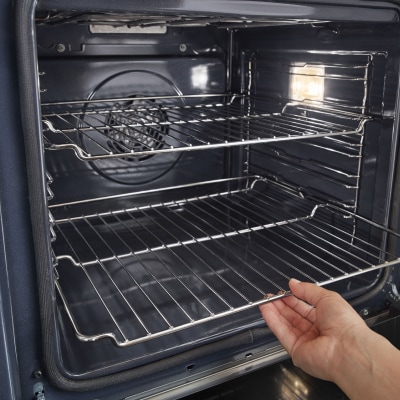
Step 1: Place rack in center of oven
Place a rack in the center of the oven cavity and center your thermometer on the rack and close the door.
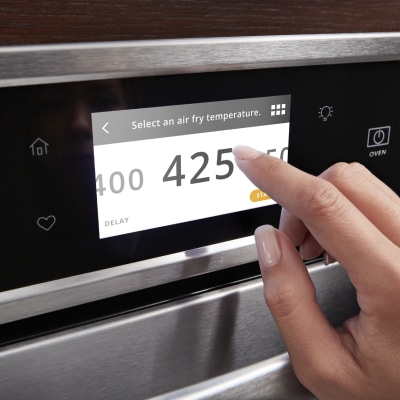
Step 2: Set temperature to 350℉
Set the temperature to 350℉. Keep the thermometer in the oven during preheating and do not open the door – this could cause inaccurate readings.
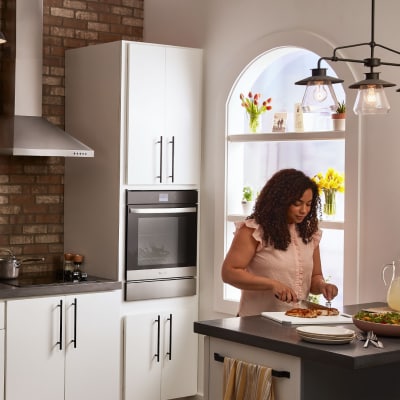
Step 3: Wait for oven to preheat and check thermometer
Wait for the oven to completely preheat, indicating it has come to full temperature. Check the thermometer’s reading through the oven door. If your oven door does not have a window, open the door and check the temperature before closing it quickly.
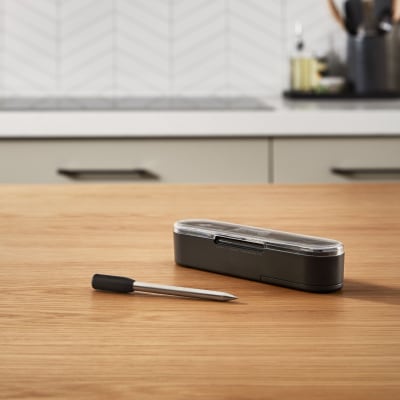
Step 4: Check if temperature is above or below 350℉
If the oven thermometer shows a reading that is above or below 350℉ by 15 degrees or more, you will need to calibrate your oven.
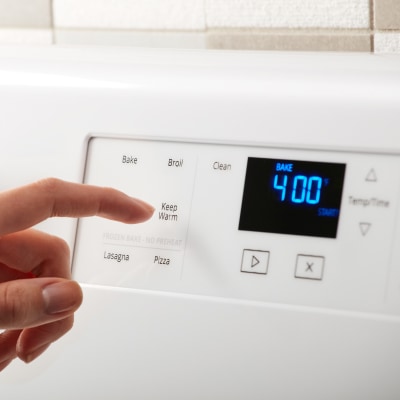
Calibrating electric ovens with analog controls
Remove the oven temperature knob and turn it over. There should be one or two screws on the back of the knob.
If your oven is running hot, turn the screw(s) clockwise. If the oven is running cold, turn the screw(s) counterclockwise. Go slowly and gradually, an eighth of a turn at a time – even a slight turn can result in a large temperature change.
Retest your oven to ensure it reaches the right temperature after calibration. Repeat as necessary.
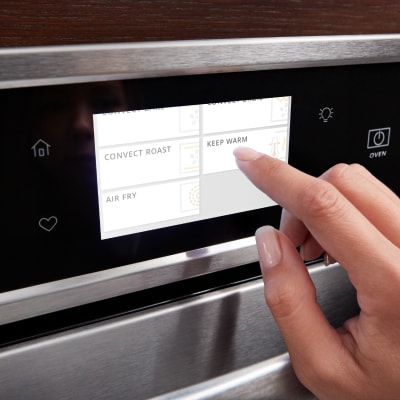
Calibrating electric ovens with digital controls
- Check your owner’s manual to determine how to access your oven’s calibration settings.
- Use the instructions to increase or decrease the temperature as necessary. Some models use arrows to adjust the temperature, while others may use menu prompts.
- Save the calibration setting by pressing “Start” or by following the directions in your owner’s manual.
How to calibrate a gas oven
Can you calibrate your gas oven if it is running hot or cold? If it has digital controls, it should be able to apply a calibration adjustment in the same way an electric oven does. If it does not, then your gas oven will require a more complicated calibration. Contact a certified service technician for assistance.
If you have a Whirlpool® gas oven, you can visit the Whirlpool Customer Care page to schedule maintenance. Keep reading to learn more about checking your oven’s temperature and what to do when it’s inaccurate.
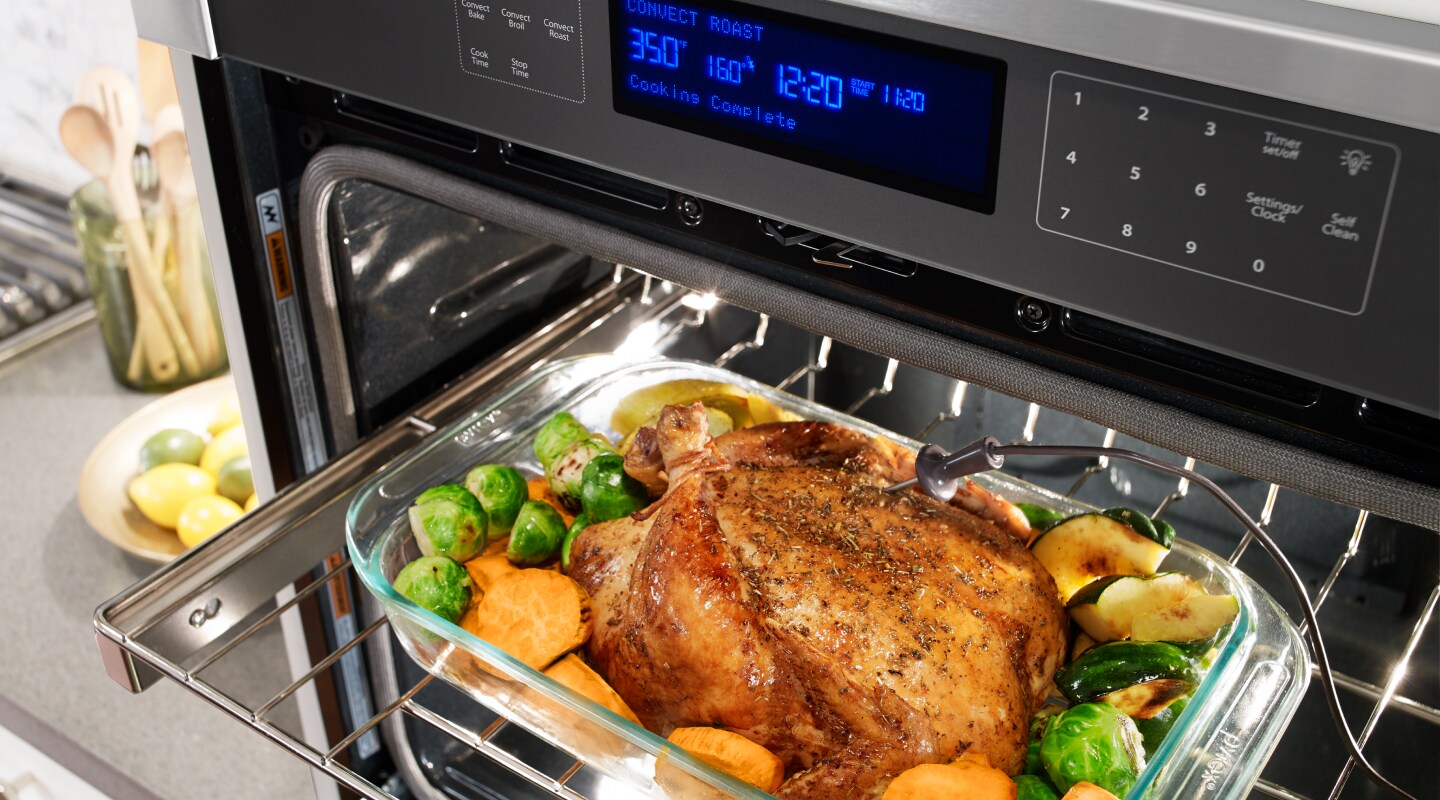
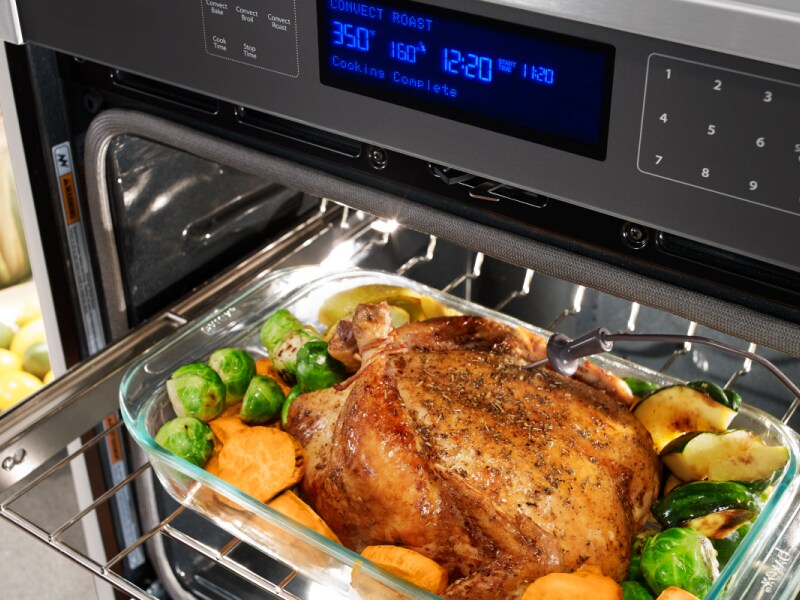
How to check if your oven’s temperature is accurate
An oven thermometer is the most reliable way to find out if your oven’s temperature matches its settings or if it’s not baking properly. To test its temperature, center an oven rack then hang an oven thermometer from the middle-front of the rack. Preheat the oven to 350℉ and wait for your oven to signal that preheating is finished.
Most oven thermometers hang vertically from the upper rack so you can simply peek through the glass for an accurate reading. If you can’t see clearly, open the door quickly to get a reading and determine if your oven is under or overheating.
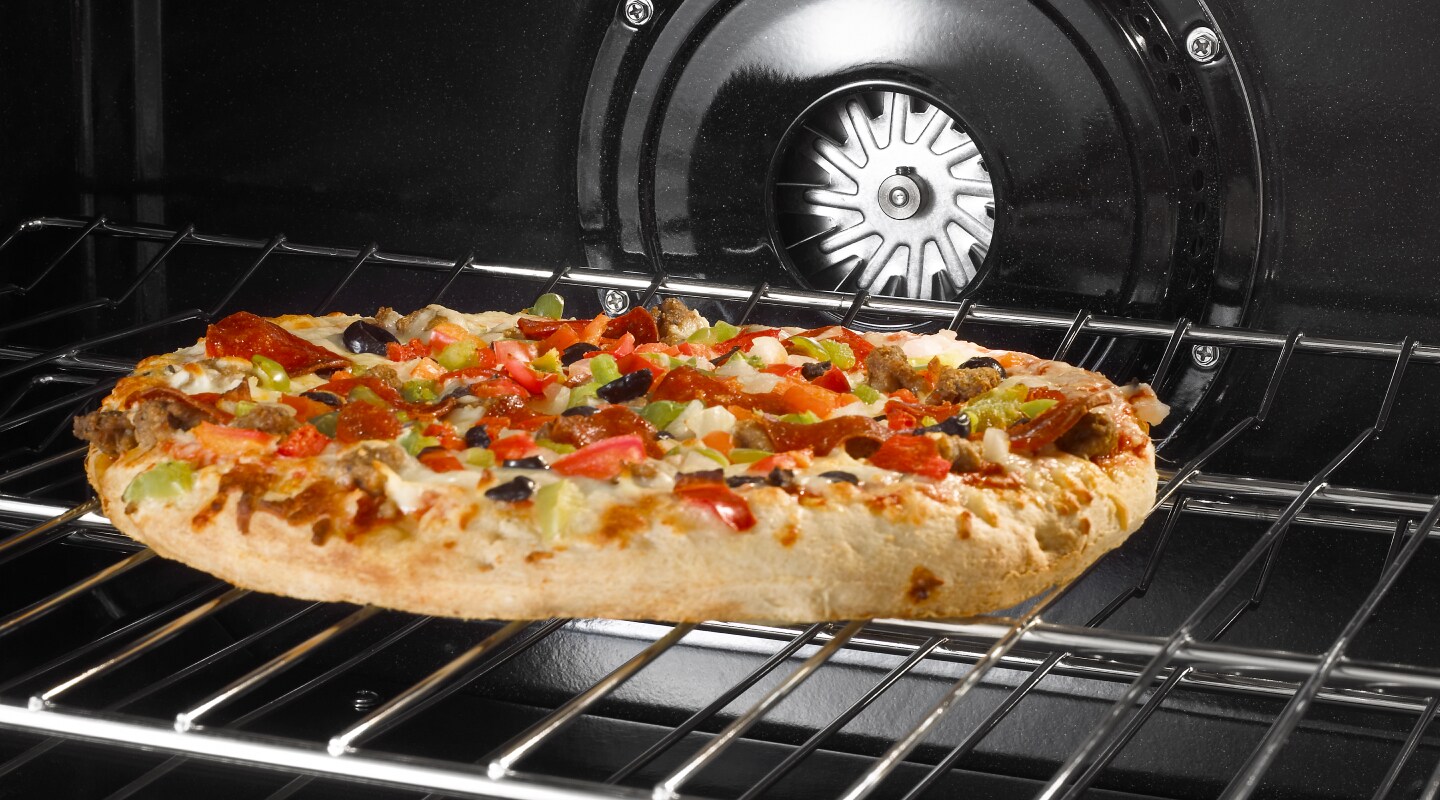
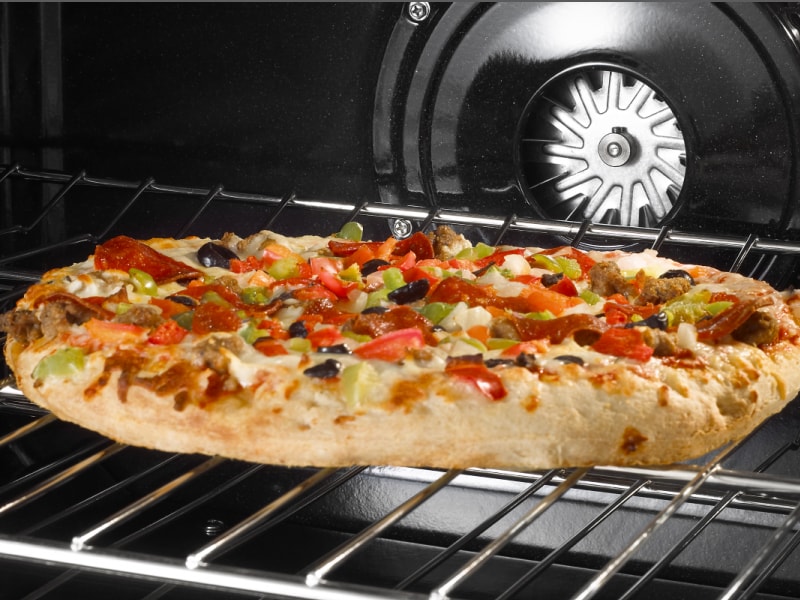
How to check your oven’s temperature without a thermometer
The browning of the foods you bake can help tell the story of your oven’s true temperature. To gauge temperature accuracy without a thermometer, bake a tube of refrigerated biscuits on a shiny cookie sheet. Be sure to follow the packaging instructions carefully, including where to place the oven rack. If you’ve baked the biscuits for the instructed amount of time and they aren’t finished or evenly browned, your oven may be in need of a temperature calibration.
What to do when your oven’s temperature is off?
It does not happen often, but sometimes an oven’s temperature can be off by 100 degrees or more. If that is the case for your oven, do not try to calibrate it yourself. Instead, reach out to a certified technician, explain the issue and schedule appliance service right away. If your oven is no longer up to the task of caring for your family, shop the ranges and ovens from Whirlpool brand below to find a better fit.
Shop Whirlpool® ranges and ovens
Ranges and ovens from Whirlpool brand come in a variety of configurations with features that make meal time easier. Choose from single or double oven ranges—slide-in or freestanding—with gas or electric stovetops. Or, discover built-in single or double wall ovens that seamlessly integrate with your kitchen.
Was this article helpful? Pass it on
Explore more from Whirlpool brand
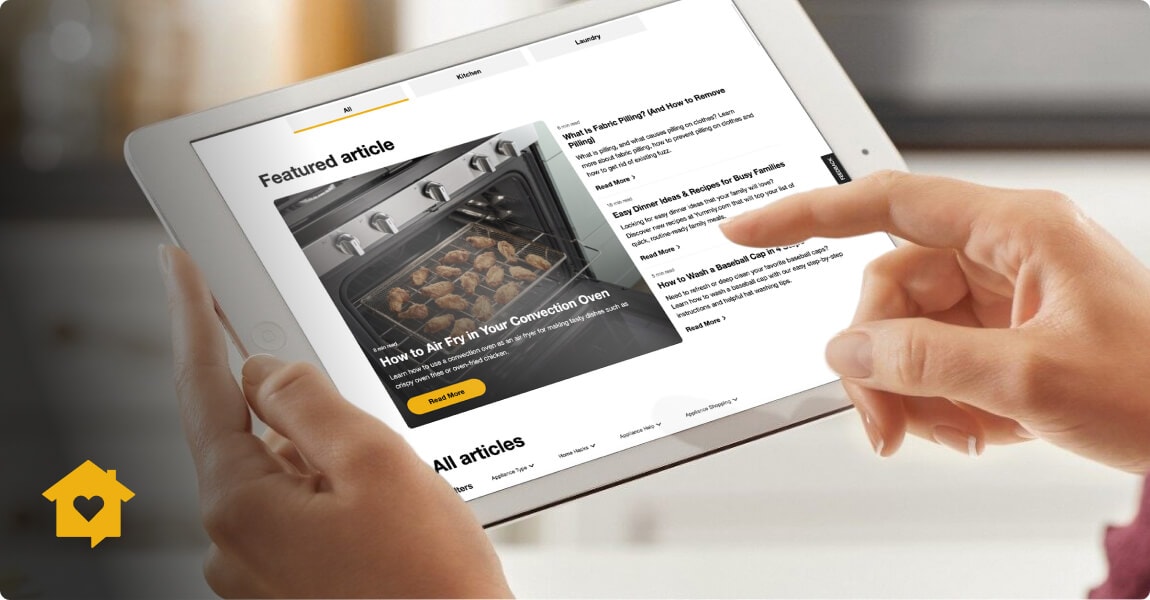

home heartbeat
Ready for more tips, home hacks and appliance guides?

